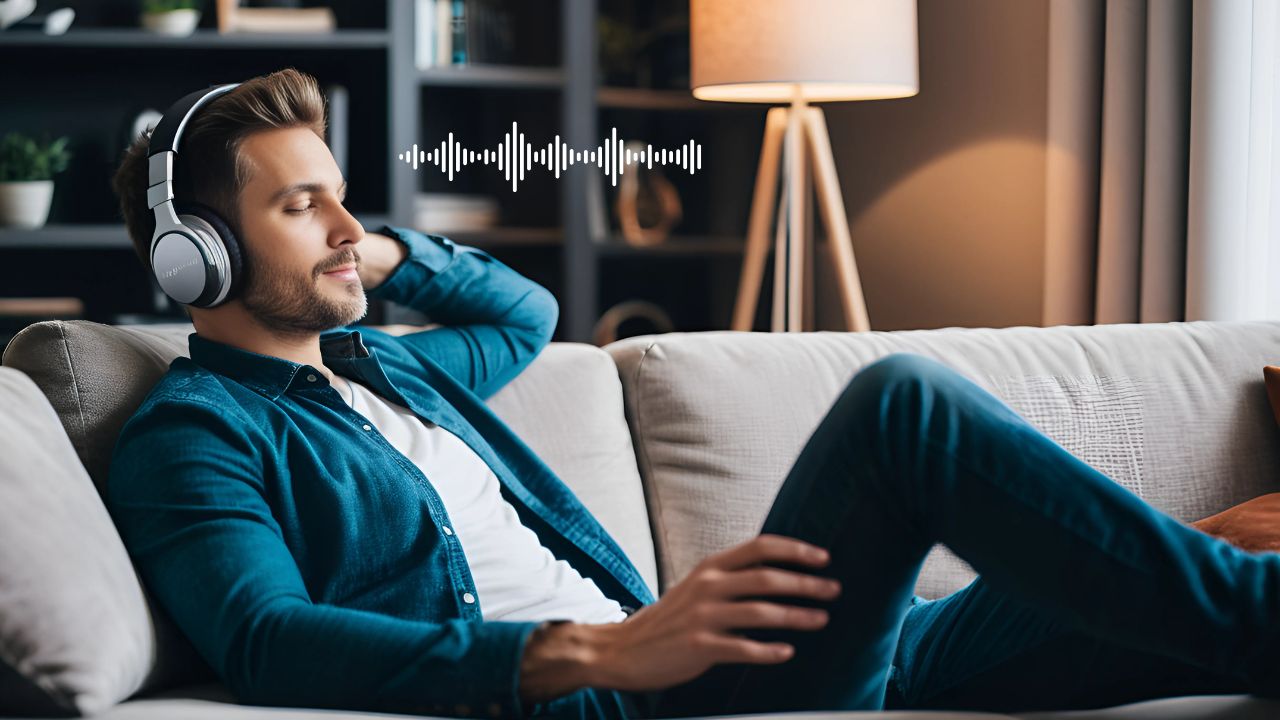When it comes to digital music, you often hear about two main types: lossy and lossless audio. In the not-so-distant past, streaming platforms such as Amazon HD, Tidal, and Apple Music introduced lossless options, which begs the question: why all the fuss, and is it worth your attention? Today, we’re focusing on the captivating world of lossy vs. lossless audio to shed light on this intriguing topic!
What Exactly are Lossy and Lossless Audio?
Lossless audio, often compared to CD quality, maintains the integrity of the original recording without any data loss. This means every nuance and detail captured during the recording process is preserved, providing listeners with the highest possible audio fidelity.
Conversely, lossy audio employs compression techniques to reduce file sizes, making it more manageable for storage and transmission. However, this compression comes at a cost, as some data is discarded in the process. While lossy formats sacrifice some audio quality, they remain popular due to their smaller file sizes and compatibility with various devices and streaming platforms.
The Evolution of Audio Compression: From WAV to MP3
In the early days of digital music, uncompressed WAV files dominated the scene, offering pristine audio quality but posing challenges due to their hefty file sizes. However, with the advent of lossy compression formats like MP3 and AAC, digital audio consumption underwent a revolution. These formats drastically reduced file sizes without compromising perceptible audio quality for most listeners, making them more practical for storage and transmission.
Today, it’s easier than ever to convert audio files online, allowing everyone to effortlessly switch between different formats based on their preferences and requirements!
The Science Behind Compression
Lossy compression achieves its magic through sophisticated algorithms and psychoacoustic principles, exploiting aspects of human auditory perception to discard data deemed less essential. By removing redundant information and leveraging perceptual quirks, lossy formats achieve impressive compression ratios while maintaining satisfactory audio fidelity.
Lossy vs. Lossless: Can You Hear the Difference?
Here’s the million-dollar question: can you distinguish between lossy and lossless audio?
Despite claims of golden ears, extensive testing often reveals that most listeners struggle to discern between high-quality lossy files and their lossless counterparts, especially at bitrates above 192kbps.
The Rise of Streaming
In today’s streaming era, factors like data constraints and playback devices come into play. While lossless streaming options are enticing for audiophiles, the reality is that most listeners, particularly those using Bluetooth headphones or streaming on mobile devices, may not reap substantial benefits.
In Conclusion: Lossy vs. Lossless Audio
Ultimately, choosing between lossy and lossless audio concerns personal preferences and practical considerations. For casual listeners, lossy formats offer a convenient and efficient way to enjoy music on the go, while audiophiles may derive satisfaction from the pristine quality of lossless files.
As technology evolves, the difference between lossy and lossless audio becomes more nuanced. Whether you’re a dedicated supporter of high-fidelity sound or just looking for an easy way to enjoy your music, grasping the disparities between these formats enables you to make informed decisions on your audio journey!

